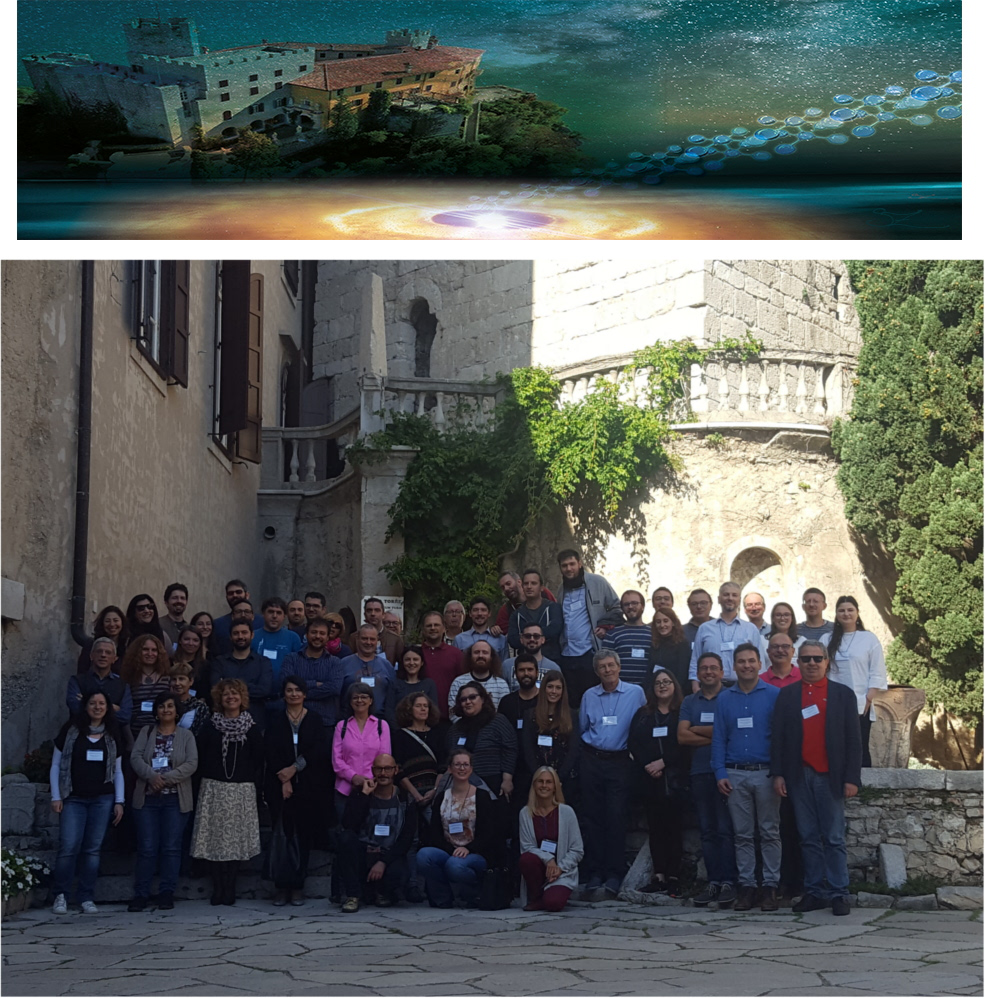Speaker
Description
Since the first attempts to explain the abundance of deuterated species in interstellar objects, it has been assumed that gas-phase reactions involving partially or per-deuterated species occur with the same efficiency as those involving molecules containing only protium (Millar, Bennet, Herbst, 1989). Not only that: in the cases where two or more sets of products are possible, the yield is always assumed to be the same for each channel. Back to the first astrochemical models, not much was known on the kinetic isotopic effects (KIEs) for interstellar reactions. In addition to that, the backbone of astrochemical models was mostly constituted by very exothermic ion-molecule reactions and a strong KIE is expected only for tunneling-dominated reactions, that is, reactions characterized by an entrance barrier which are not expected to be relevant in the context of interstellar chemistry. As admitted by Millar, Bennet, Herbst, however, both assumptions are very crude, even if they are believed to be good enough to treat the (huge) enhancement of D/H in trace molecules caused by physical parameters.
In the last decade, new observations of deuterated interstellar complex organic molecules (iCOMs) have become common, but most available astrochemical models failed to reproduce the observed abundances of iCOMS which spans from 1% to 8% (see the recent paper by Jorgensen et al., 2018). Therefore, it is time to reconsider the role of KIE. In this contribution, we present the cases of two common iCOMs, namely formamide (Skouteris et al. 2017) and dimethyl ether (Skouteris et al. 2019). As we are going to see, KIEs in gas-phase reactions are able to explain the observed abundance of deuterated formamide and dimethyl ether, thus implying that these species are actually formed in the gas-phase rather than on interstellar ice surface.
Millar TJ, Bennet A, Herbst E, 1989, ApJ, 340, 906
Jorgensen JK et al., 2018, A&A, 620, A170
Skouteris D. et al, 2017, MNRAS, 468, L1
Skouteris D et al, 2019, MNRAS,482, 3567

